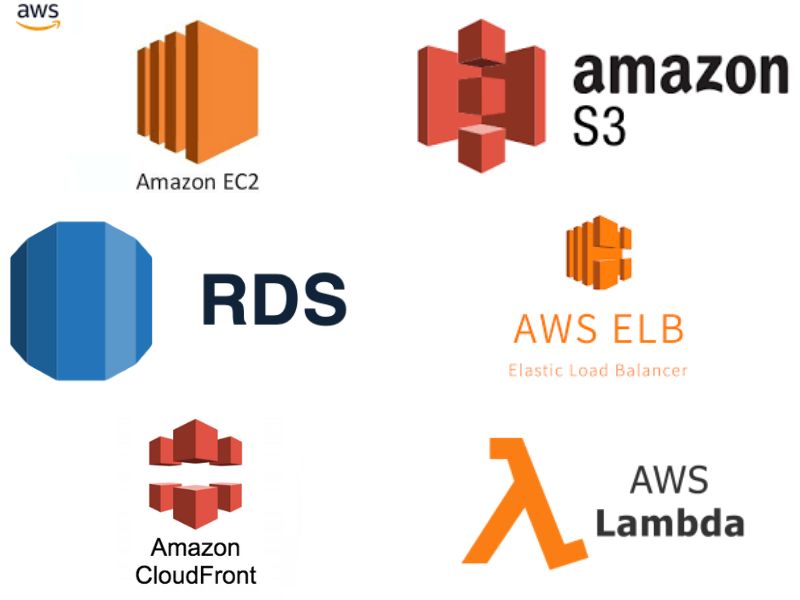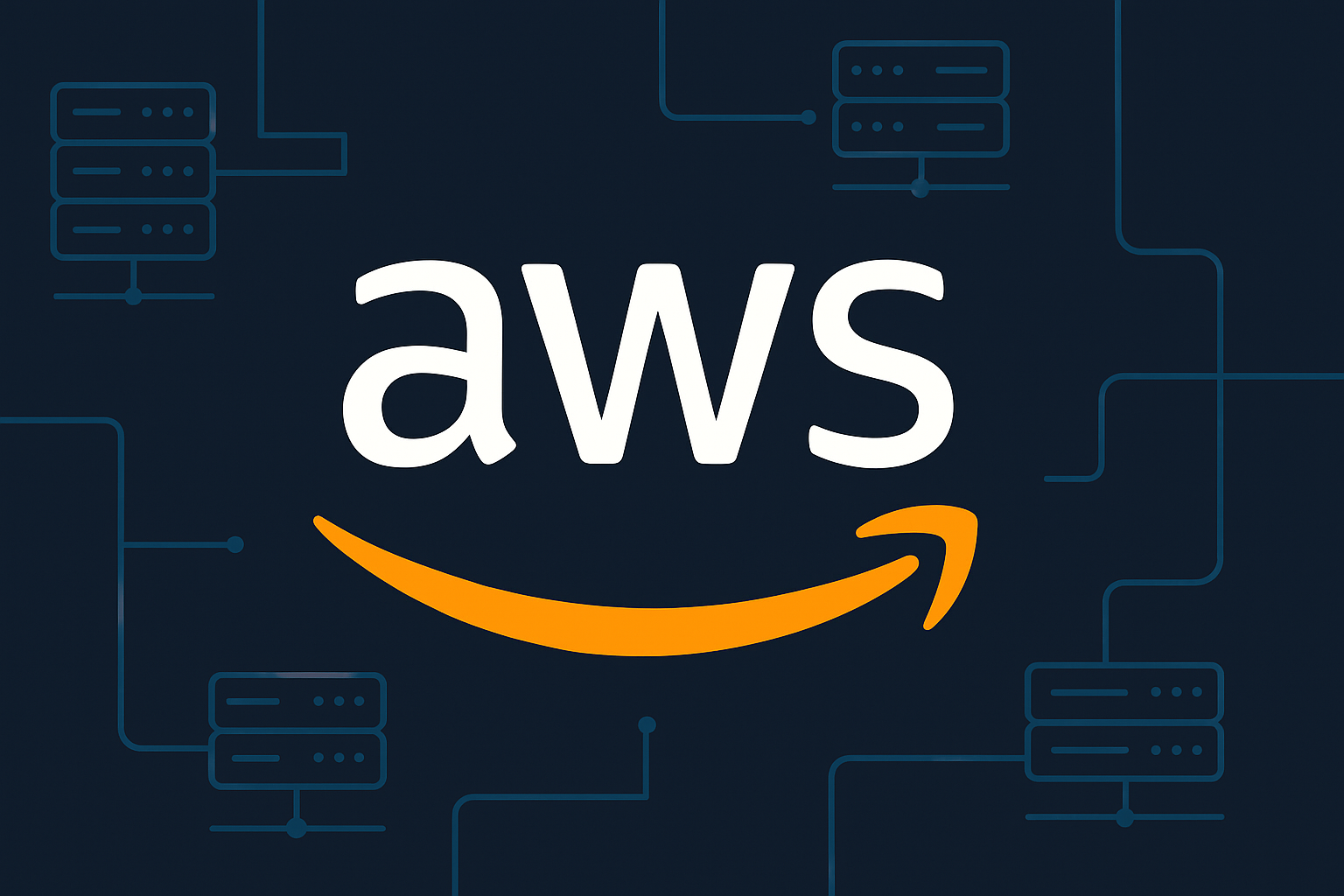Today’s age of digital living, where websites, apps, and services are open 24 hours a day, 7 days a week, has created a huge demand for secure, scalable, and reliable cloud infrastructure. The biggest player in this field is Amazon Web Services, or AWS for short. But when individuals mention Amazon Web Server, what they actually refer to is AWS and its server-centric offerings, particularly Amazon EC2 (Elastic Compute Cloud).
In this blog, we will dissect what Amazon Web Server is, what AWS provides in server technology, and why companies of all sizes use it.
Knowledge of Amazon Web Server
Amazon Web Server is not an official product name. It’s only a common term used to call the web hosting and server service by Amazon through AWS. Essentially, Amazon provides cloud-based servers that can be rented on-demand by developers, companies, and even consumers.
The most relevant AWS service that one can think of for “Amazon Web Server” is Amazon EC2 (Elastic Compute Cloud). Think of EC2 as a virtual server operating in the cloud. You can use it just like a physical server—install software, host applications, deal with files, etc.
Core AWS Services Aligned with Web Servers

- Amazon EC2 (Elastic Compute Cloud): This is the underlying compute service whereby customers can launch virtual servers referred to as “instances.” EC2 gives you full control of your server, including the operating system and applications installed.
- Amazon S3 (Simple Storage Service): Technically not a server, Amazon S3 is frequently used in conjunction with EC2 for storing and retrieving data such as images, videos, backups, etc.
- Amazon RDS (Relational Database Service): If your web app needs a database (such as MySQL, PostgreSQL, or Oracle), Amazon RDS offers a managed solution.
- Elastic Load Balancing (ELB): Traffic will be automatically distributed between multiple EC2 instances to offer better performance and fault tolerance.
- Amazon CloudFront: A content delivery network (CDN) that accelerates your website content delivery to customers globally.
- AWS Lambda: A serverless computing environment where you can run code without having to provision or manage servers. Ideal for small or event-based workloads.
Benefits of Utilizing Amazon Web Server (AWS)
1. Scalability
AWS offers top scalability, adjusting resources for startups or enterprises, scaling up or down based on traffic and user demands.
2. Cost-Effective
With AWS, you pay only for what you use. You don’t have any hardware cost to begin with, and you can make use of varying pricing models like On-Demand, Reserved, or Spot Instances.
3. Global Reach
AWS consists of multiple data centers and availability zones around the world. That means you can keep your services close to your customers for better performance.
4. High Availability and Reliability
With the likes of AWS Auto Scaling and Elastic Load Balancing, Amazon provides for the availability of your applications even in the event of hardware failure or unexpected traffic.
5. Security
Amazon practices the highest security. IAM, encryption, firewalls, and compliance certifications are key AWS features that safeguard your data and applications from unauthorized access.
Common Use Cases of Amazon Web Server (AWS)
- Web Hosting: Host static web sites, dynamic web applications, or content management systems such as WordPress.
- Mobile and Web Applications: AWS offers backend infrastructure, databases, and APIs for application enablement.
- E-commerce Websites: Process high traffic and transactions with scalability and high availability.
- Data Analytics: Store and process big data with solutions like Amazon Redshift, EMR, and Athena.
- Gaming: Gamers use AWS to support low-latency gaming sessions and multiplayer servers.
- Career Opportunities: With the rise of cloud adoption, there are growing Cloud Computing Jobs in various industries relying on AWS infrastructure.
How to Start Using Amazon Web Server (EC2)
- Create an AWS Account: Visit https://aws.amazon.com and register.
- Launch an EC2 Instance: Utilize the AWS Management Console to select an operating system (Linux or Windows), server size, and set security configurations.
- Access Your Server: After launching the instance, access the instance using SSH (for Linux) or RDP (for Windows).
- Deploy Applications: Deploy your preferred software, upload website files, and set up your application.
- Monitor and Scale: Utilize services such as Amazon CloudWatch to monitor performance and Auto Scaling to handle traffic spikes.
Final Thoughts
Amazon Web Server, or more accurately stated Amazon Web Services, is an incredible platform that offers pretty much everything needed to host websites, applications, and back-end applications in the cloud. If you’re an entrepreneur starting your first blog, a developer building an app, or a company with complicated IT infrastructure, AWS provides the flexibility, reliability, and functionality to grow and succeed.
Starting with AWS can feel overwhelming, but its documentation, tutorials, and free tier help users explore and learn what’s possible. To make digital products scalable and reliable, becoming an expert in AWS is a great idea.
Got questions regarding using AWS or hosting your own Amazon web server? Let us know in the comments or contact us directly—we’d be glad to walk you through the cloud!




